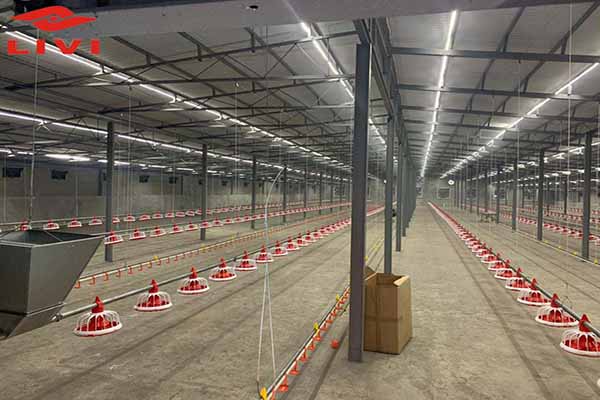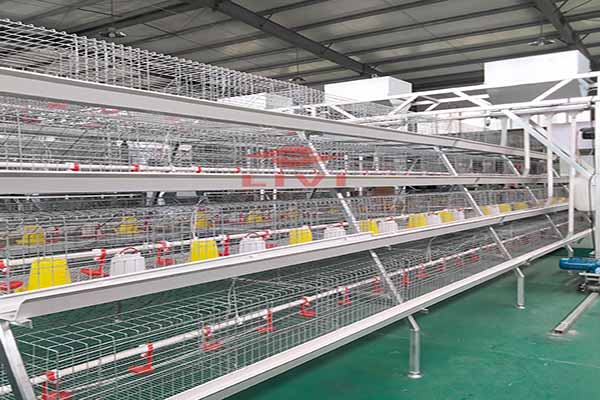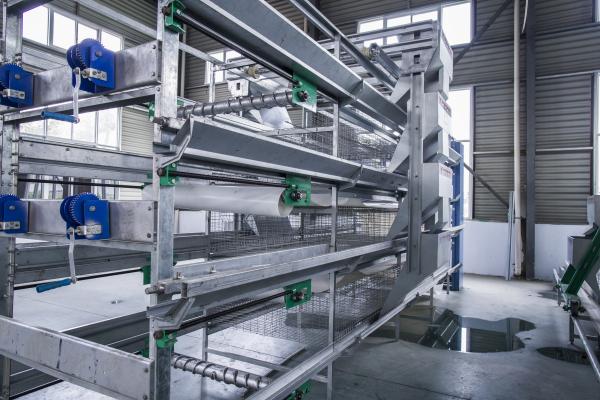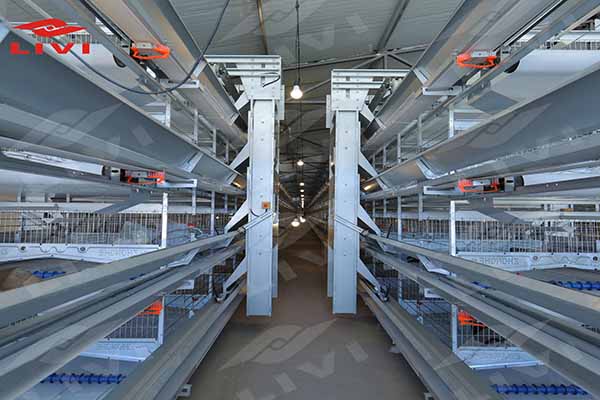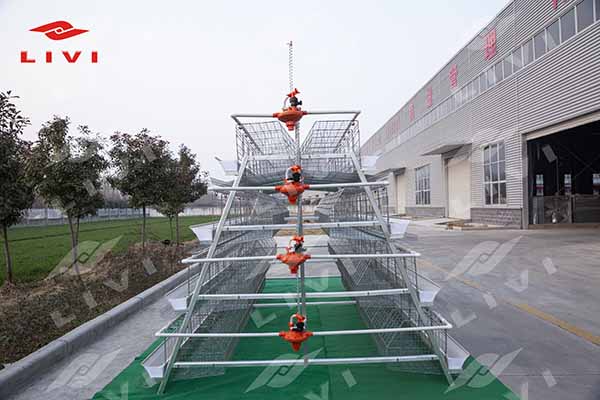Malawi, with its growing population and increasing demand for poultry products, presents a remarkable opportunity for entrepreneurs to venture into the poultry farming business. Building a successful poultry chicken farm in Malawi requires careful planning and consideration of various factors. This guide, provided by Livi Poultry Farm Equipment, aims to offer you a comprehensive guide to build a poultry chicken farm in Malawi from the initial stages of construction to the installation of essential cage systems, ensuring your farm’s productivity and profitability.
Site Selection and Basic Construction of Chicken House
1. Impact of Malawi’s Climate and Geography on Site Selection
Malawi experiences diverse climatic conditions, including warm temperatures and variable rainfall patterns. When choosing a site for your chicken farm, it is crucial to consider the following:
- Temperature and Humidity: Select a location that offers some natural shade to protect the chickens from excessive heat. Areas with good air circulation can help mitigate high humidity levels, reducing the risk of respiratory diseases among the flock.
- Wind Direction: Position the chicken house in a way that it is shielded from strong prevailing winds, which can cause stress to the birds and affect the structural integrity of the poultry chicken house.
- Geographical Considerations: Ensure the site has proper drainage to prevent waterlogging during the rainy season. A slightly elevated area can be advantageous in this regard.
2. Determining the Scale of the Chicken House
- Estimating the Number of Chickens: Based on your market research and business goals, calculate the number of chickens you plan to rear. This will determine the size and layout of your chicken farm. For example, if you aim to supply a local market with eggs, you need to consider the demand and plan accordingly.
- Layout Planning: Allocate sufficient space for different areas within the chicken house, such as the brooding area, growing pens, and laying compartments. Adequate space per chicken is essential for their well-being and growth.
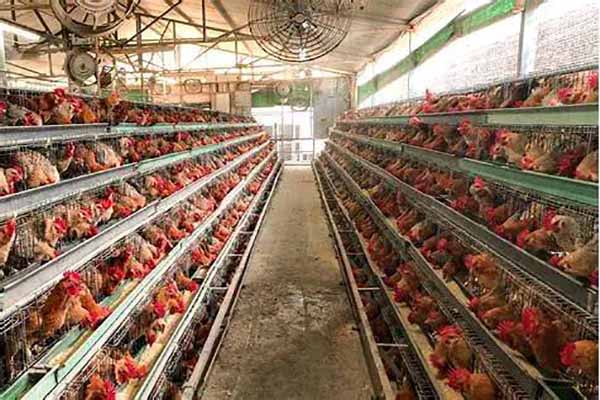
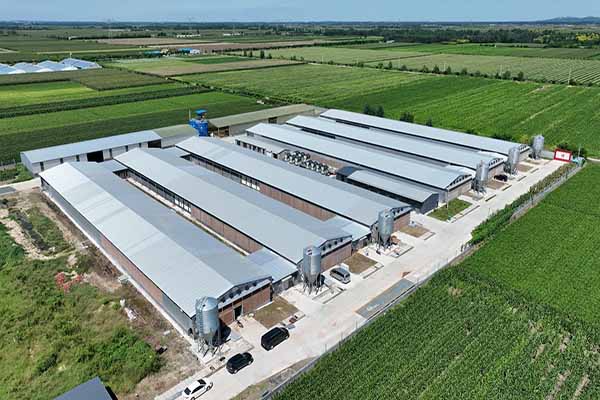
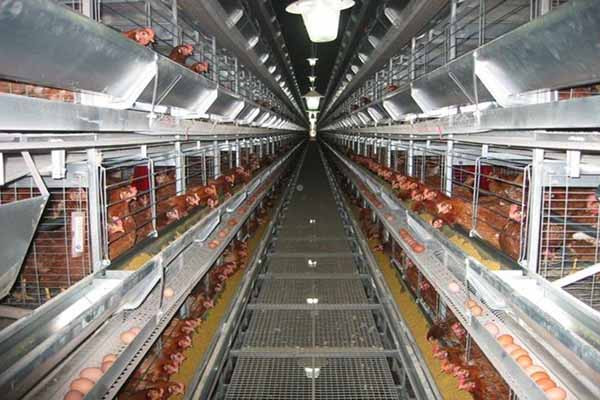
Comperhensive Guide To Build A Poultry Chicken Farm In Malawi
Details of Poultry Chicken Farm Construction
1. Building Structure and Materials
- Recommended Materials: In Malawi, materials like concrete blocks for the walls can provide durability and stability. The roof can be made of corrugated iron sheets, which are suitable for withstanding the local weather conditions. Additionally, proper insulation can help regulate the internal temperature of the coop.
- Structural Stability: Ensure the coop’s frame is designed to support the weight of the chickens, cage systems, and any equipment that will be installed. Reinforce the corners and joints to prevent collapse.
2. Ventilation and Lighting Systems
- Natural and Mechanical Ventilation: Incorporate a combination of windows and vents to allow for natural air exchange. Mechanical ventilation systems, such as exhaust fans, can be installed to enhance air circulation, especially during hot and humid periods. This helps maintain a healthy environment by reducing ammonia buildup and providing fresh oxygen.
- Lighting Arrangements: Adequate natural and artificial lighting is crucial. Windows should be strategically placed to allow sunlight in, which is beneficial for the chickens’ vitamin D synthesis. Supplemental artificial lighting can be used to ensure a consistent day length, especially for promoting egg production in laying hens.
Installation Points of Chicken Cages
1. Cage Selection for Different Growth Stages of Chickens
- Chick Brooder Cages: These poultry chicken cages are designed to provide a warm and safe environment for newly hatched chicks. They have features like adjustable heat sources and small mesh sizes to prevent the chicks from escaping or getting injured.
- Broiler Cages: As the chicks grow, they require more space. Broiler cages are larger and allow for more movement. They are equipped with proper feeding and watering systems to support the growing birds’ nutritional needs.
- Layer Cages: For hens that are ready to lay eggs, layer cages are optimized for egg collection. They have sloped floors to direct the eggs towards collection areas and are designed to minimize stress on the hens, which can affect egg quality and quantity.
2. Installation Standards of Cages
- Height and Spacing: The height of the cages should be appropriate to allow easy access for feeding, watering, and cleaning. The spacing between the bars should be narrow enough to prevent the chickens from getting stuck but wide enough to ensure good ventilation.
- Connection with Chicken House Facilities: Cages should be installed in a way that they are integrated with the coop’s feeding and watering systems. For example, the feed troughs and water nipples should be easily accessible to the chickens within the cages.
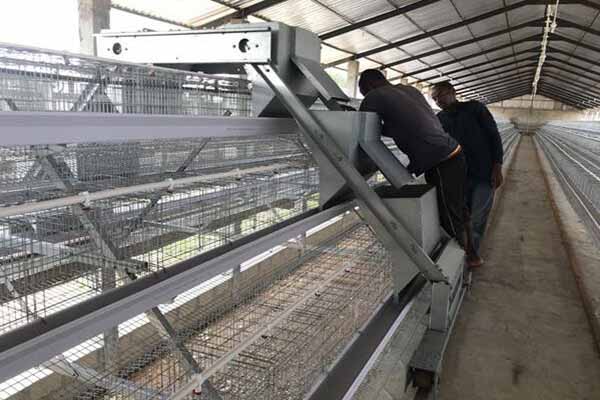
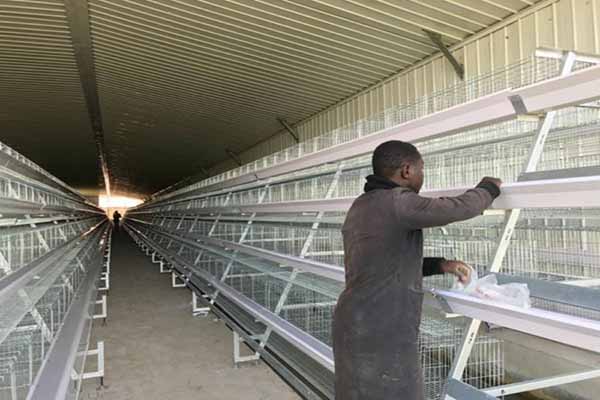
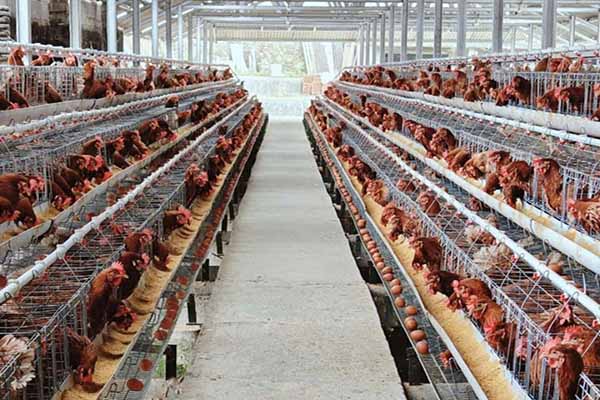
Chicken Farming Cage Equipment
Livi Poultry Farm Equipment – A Comprehensive Solution
1. Product Line of Livi Chicken Farming Equipment
- Automated Feeding Systems: Livi’s automated feeding systems ensure a consistent supply of feed to the chickens. These systems can be programmed to dispense the right amount of feed at specific times, reducing waste and ensuring all chickens have access to proper nutrition.
- Precise Water Supply Equipment: Our water supply systems are designed to provide clean and fresh water continuously. They include features like automatic water level control and filtration to prevent contamination.
- Efficient Manure Removal Devices: Keeping the chicken coop clean is essential for the health of the chickens. Livi’s manure removal systems are efficient and easy to operate, minimizing the labor required for cleaning and reducing the risk of disease transmission.
2. Equipment Advantages
- Durability and Reliability: Built with high-quality materials and advanced manufacturing techniques, Livi equipment is designed to withstand the rigors of continuous use in a poultry farm environment. Our products have a long service life, reducing the need for frequent replacements.
- Energy Efficiency and Environmental Protection: We strive to develop equipment that is energy-efficient, helping you reduce your operating costs. Our manure removal systems also contribute to environmental protection by properly managing waste and reducing odors.
- Customization to Meet Different Farm Sizes: Whether you are starting a small backyard chicken farm or a large commercial operation, Livi can provide customized equipment solutions to fit your specific needs.
Conclusion
Build a poultry chicken farm in Malawi is a challenging but rewarding endeavor. By carefully considering the site selection, coop construction, cage installation, and investing in high-quality equipment like that offered by Livi Poultry Farm Equipment, you can set your farm up for success. Our comprehensive range of products and expertise in the poultry industry can help you achieve optimal productivity and profitability.
If you are ready to embark on your poultry farming journey in Malawi and want to learn more about how Livi Poultry Farm Equipment can transform your farm, leave us a message. Let’s start building your successful chicken farm together and take advantage of the growing opportunities in the Malawian poultry market.






